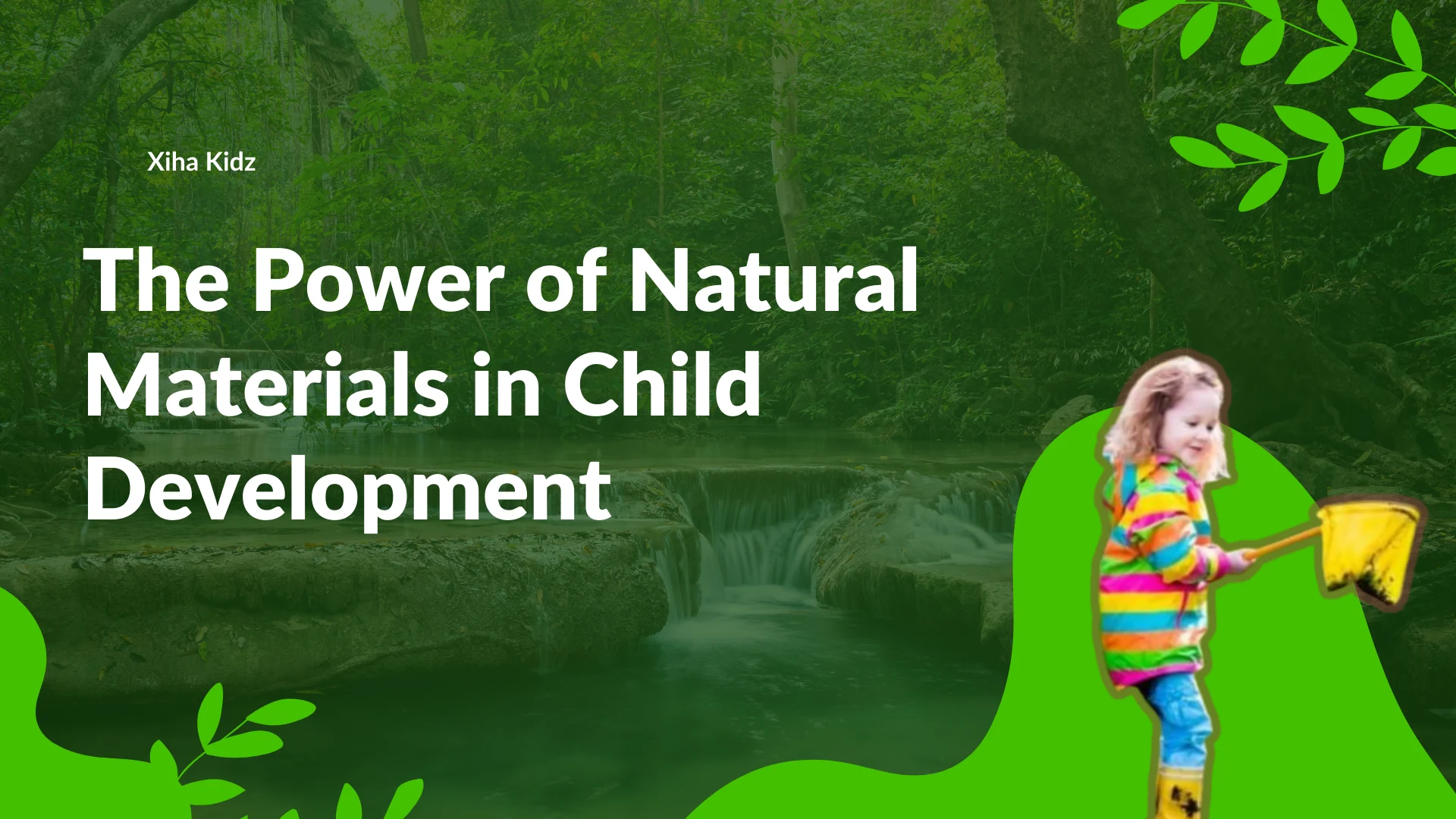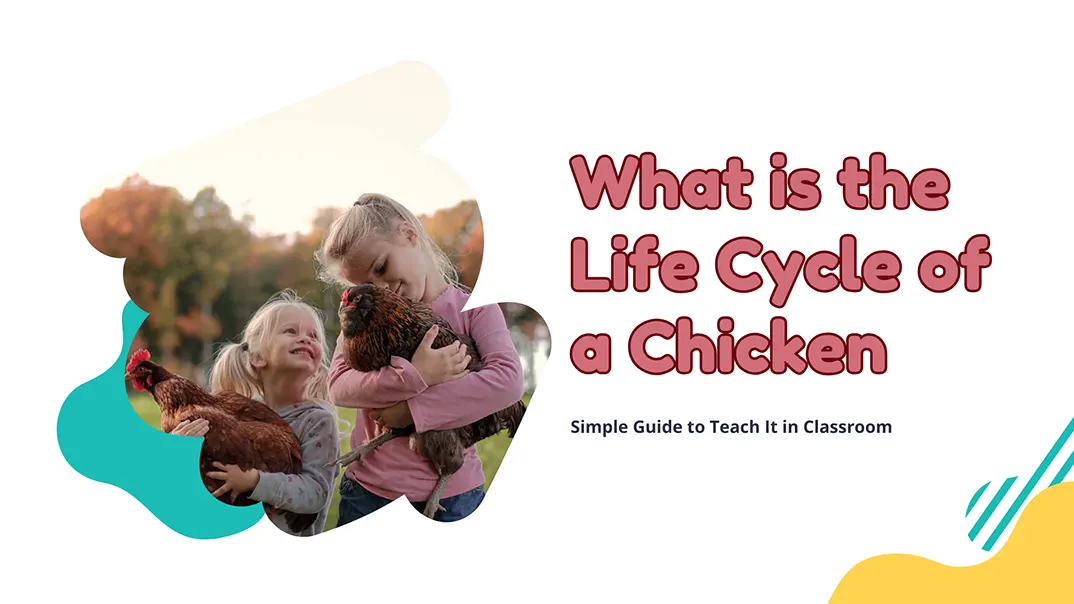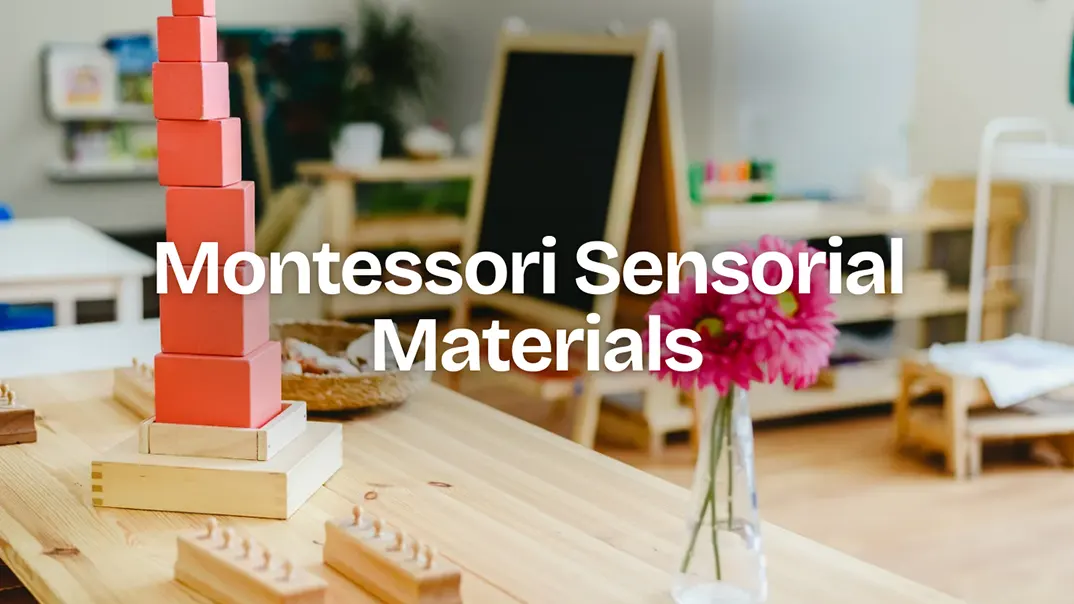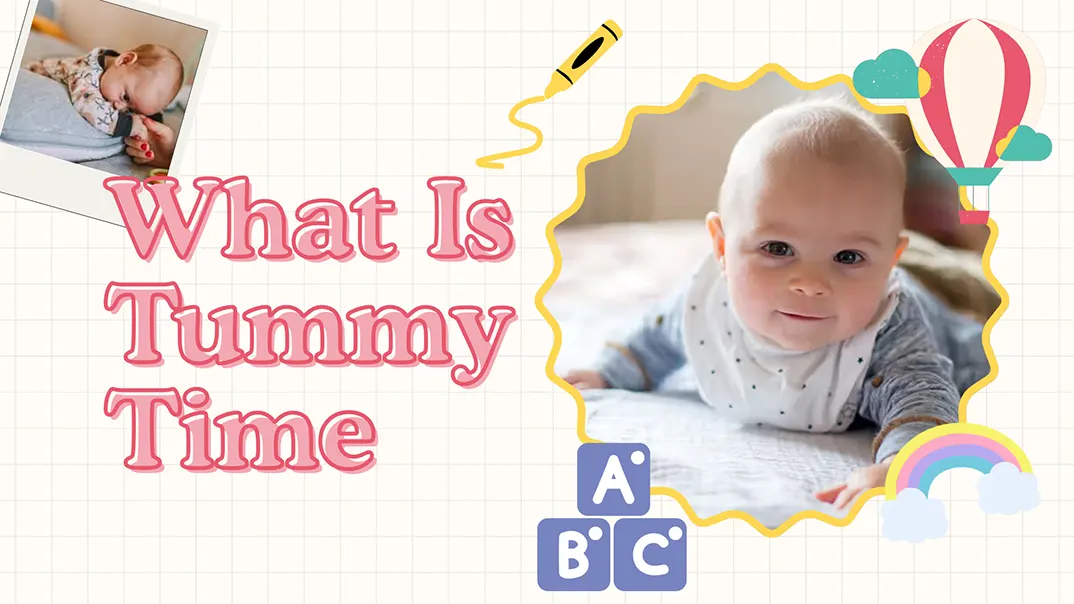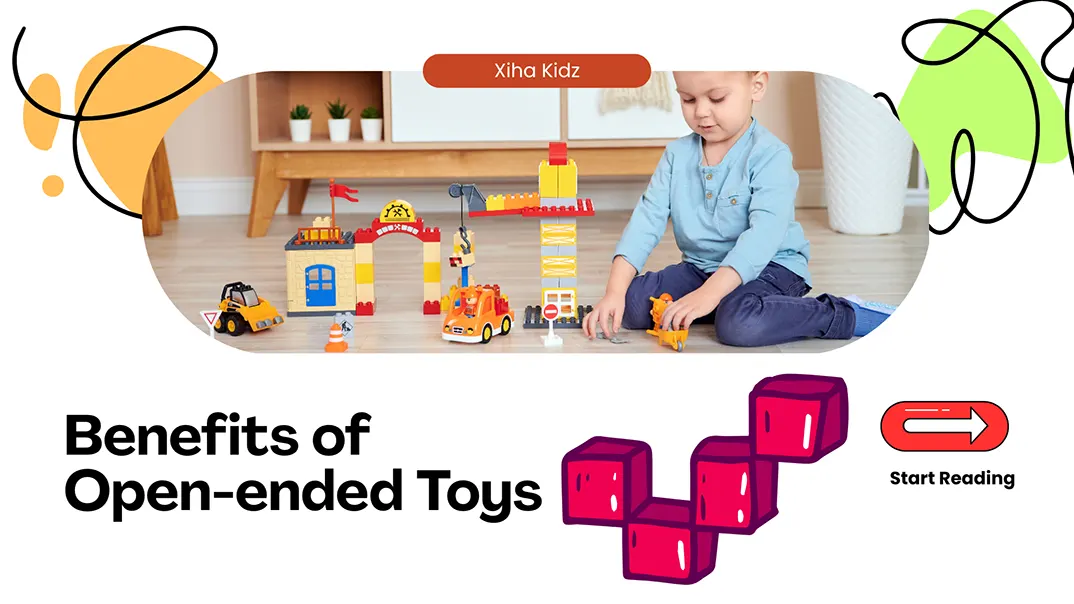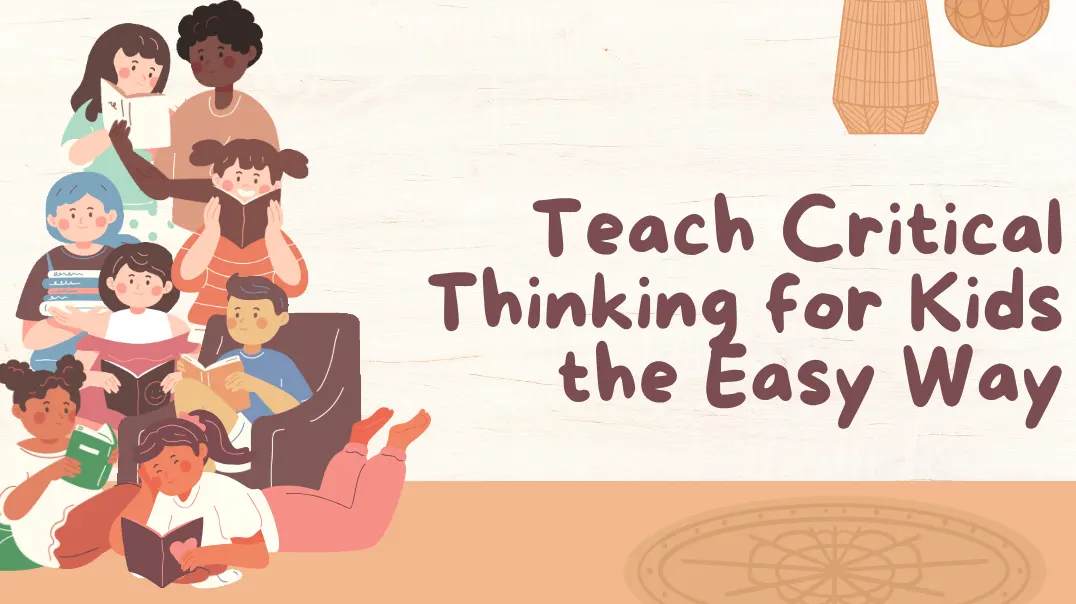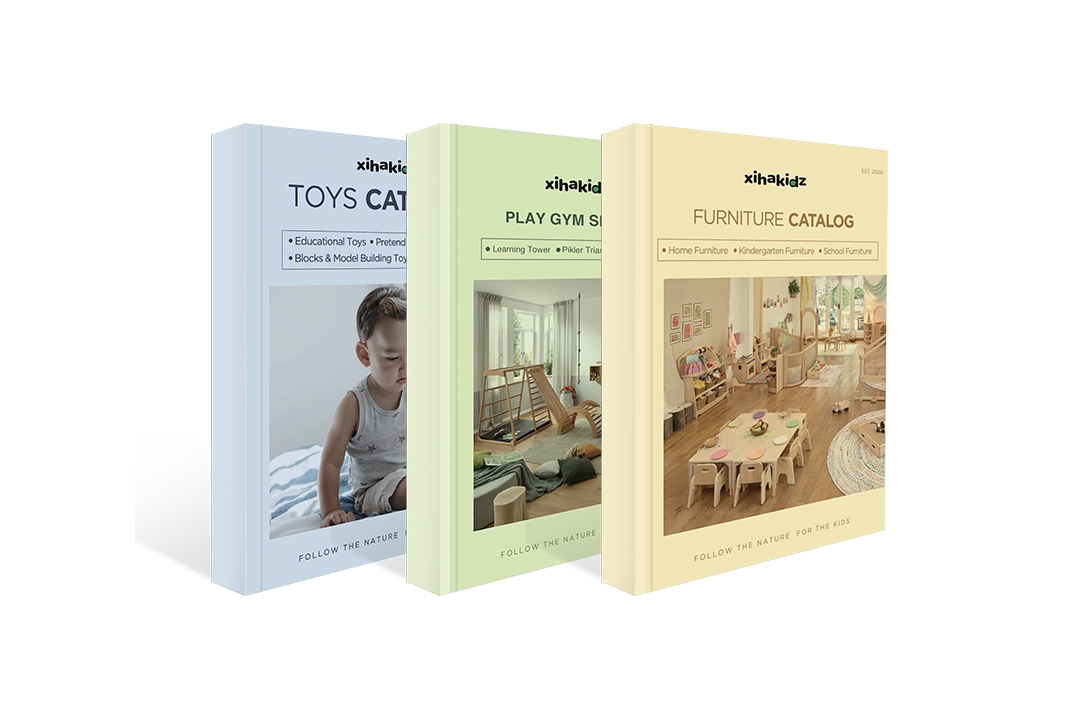Designing a learning environment for young children is never just about arranging tables and chairs. It’s about creating a space that reflects how children think, explore, and grow. But how can we design learning environments that truly support children’s growth, creativity, and autonomy? Many find themselves drawn to the Reggio Emilia approach but unsure how to translate its philosophy into a practical classroom setting. So, what does a Reggio Emilia classroom look like in practice?
The Reggio Emilia classroom is a carefully designed learning environment rooted in the Reggio Emilia philosophy from Italy. This approach views the classroom as the “third teacher,” working alongside adults and peers to support a child’s development. A Reggio Emilia classroom is defined by open-ended materials, natural elements, flexible layouts, and intentional beauty. It’s a space that communicates value and respect for the child, inviting them to explore, collaborate, and express themselves freely.
In the following sections, we’ll guide you step by step through the process of creating an effective Reggio Emilia classroom. From layout and zoning to material selection, you’ll learn how to turn theoretical concepts into a rich, engaging space that empowers both teachers and children.
Why Classroom Design Matters in the Reggio Emilia Approach?
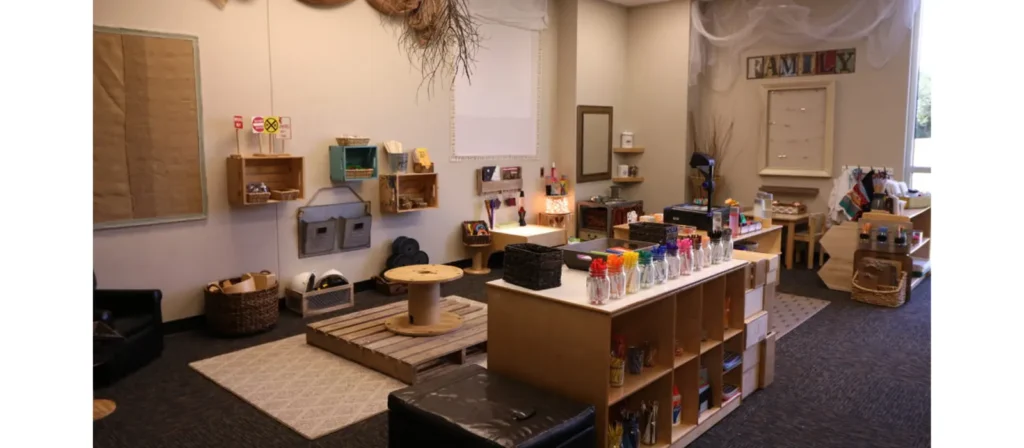
In the Reggio Emilia approach, classroom design is not merely a matter of aesthetics or function—it is a pedagogical tool that plays a central role in shaping children’s learning experiences. The physical environment is deliberately crafted to provoke curiosity, foster independence, and support collaboration. In essence, the space itself becomes an active participant in the educational process, often referred to as the “third teacher.”
A well-designed Reggio Emilia classroom encourages exploration by providing access to natural materials, open-ended tools, and thoughtfully arranged learning areas. Each space is purposeful, with inviting provocations that prompt children to ask questions, experiment, and make discoveries. Rather than confining learning to desks and whiteboards, the classroom becomes a dynamic ecosystem where every corner holds potential for meaningful interaction. Light, transparency, and natural elements are emphasized to create a calming and inspiring atmosphere.
Moreover, the classroom is a reflection of the children’s thoughts, efforts, and creativity. Walls display evolving projects, drawings, and documentation of ongoing inquiries, making learning visible to both students and visitors. Flexible layouts support the flow of ideas and dialogue among small groups, fostering social and emotional development alongside academic growth. In a Reggio Emilia classroom, design is intentional, responsive, and deeply intertwined with the learning journey. It respects the child’s right to beauty, agency, and a sense of belonging—values that are foundational to this globally respected approach.
What Is a Reggio Emilia Classroom?
The Reggio Emilia classroom is far more than a place where instruction happens—it is a vibrant, responsive environment designed to support children’s natural development through meaningful experiences. Rooted in the Reggio Emilia educational philosophy, the classroom becomes an active agent in the learning process. Every element—from layout to materials—is intentionally curated to provoke thought, dialogue, and creativity. It fosters a sense of wonder and encourages students to take ownership of their learning, supported by educators who observe, reflect, and collaborate alongside them.
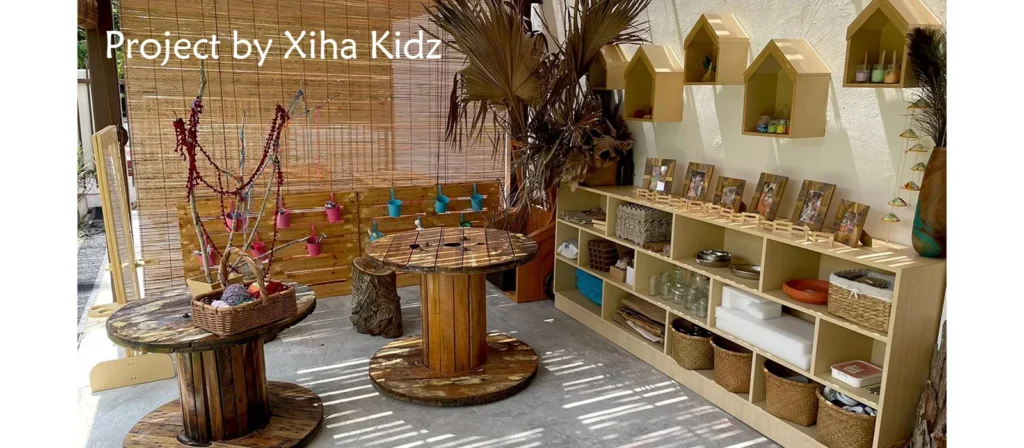
Key Components of a Reggio Emilia–Inspired Classroom
A Reggio Emilia classroom consists of several intentional components that distinguish it from traditional classroom setups. These elements are not decorative—they are purposeful tools that enrich and scaffold children’s learning experiences.
- Natural and Open-Ended Materials: Materials such as wood, clay, stones, shells, and fabrics encourage sensory exploration and can be used in multiple ways. These items stimulate creativity and problem-solving without prescribing outcomes.
- Flexible and Modular Spaces: Learning areas are designed to be fluid and adaptable. Children can move between stations, rearrange objects, or collaborate in small groups. This flexibility supports autonomy and initiative.
- Atelier (Creative Studio): A dedicated space for artistic expression, the atelier allows children to explore their ideas using a wide range of media. This studio encourages symbolic thinking and visual communication.
- Documentation Walls: Photographs, children’s work, and teacher notes are displayed throughout the classroom. These documentations not only validate the child’s thinking but also guide ongoing projects and inquiries.
- Connection to Nature: A Reggio Emilia classroom often integrates natural light, indoor plants, and outdoor access. This strengthens the child’s bond with the environment and enhances emotional well-being.
Trasforma la tua aula con soluzioni di arredamento personalizzate
Principles of the Reggio Emilia Classroom
The Reggio Emilia classroom is built upon a set of foundational principles that guide every interaction, material choice, and spatial design. These principles are not merely theoretical—they are actively lived out in the daily practices of both educators and students. Each one reinforces the belief that children are capable, collaborative learners who thrive in environments that support their agency and creativity. To truly understand the impact of this approach, it’s essential to explore the key concepts that define it.
Here are the fundamental principles that shape the Reggio Emilia classroom:
- The Image of the Child
Children are seen as strong, capable, and rich in potential. They are active participants in their own learning process rather than passive recipients of knowledge. - Environment as the Third Teacher
The learning environment is carefully designed to inspire exploration and interaction. Natural materials, open-ended resources, and thoughtful spatial arrangements encourage curiosity and discovery. - Hundred Languages of Children
Children express themselves in countless ways—through art, movement, play, music, and storytelling. The Reggio Emilia classroom values and nurtures these diverse forms of communication. - Emergent Curriculum
Instead of following a rigid plan, the curriculum evolves based on the children’s interests. Teachers observe, listen, and co-construct learning experiences with students. - Documentation and Reflection
Teachers document children’s work through photographs, videos, and written observations. This practice helps track progress, reflect on learning, and make children’s thinking visible to others. - Collaborative Relationships
Learning is a shared journey among children, teachers, and families. The Reggio Emilia classroom encourages community involvement and views education as a partnership.
These guiding principles collectively create a dynamic and responsive learning environment where children feel respected, empowered, and deeply engaged. They also provide a solid framework for educators who aim to cultivate thoughtful, creative learners.
What Does a Reggio-Inspired Classroom Look Like?

Visually, a Reggio Emilia classroom feels more like a thoughtfully curated home or studio than a traditional educational space. Upon entering, you’ll likely notice natural tones, soft lighting, and an intentional absence of overwhelming visuals. Every item has a purpose, and there’s a strong sense of harmony and invitation.
Shelves are low and accessible, empowering children to choose their materials independently. Provocation tables featuring loose parts and artifacts spark investigation. Natural light floods the space through large windows, and mirrors are often used to reflect both light and activity, creating an atmosphere of depth and discovery.
You might also find areas that mimic real-life settings—like a mini kitchen, workshop, or garden—allowing children to engage in role-playing and practical learning. The overall aesthetic is calm, minimal, and full of intentionality. This environment supports focus, encourages deep thinking, and reinforces the belief that every child deserves a beautiful, meaningful space to grow in.
Scopri la nostra gamma completa di prodotti
Accedi al nostro catalogo completo con mobili e attrezzature da gioco di alta qualità per asili e scuole.
How to Set up a Reggio Emilia-inspired Classroom?
Creating a Reggio Emilia classroom requires more than arranging furniture and decorating walls. It demands a deep understanding of the philosophy behind the approach and a commitment to designing a space that nurtures exploration, independence, and collaboration. Below is a step-by-step guide to help you build a learning environment that truly reflects the Reggio Emilia values.
1. Understand the Philosophy Before Designing
Before any physical setup begins, it’s essential to study and internalize the Reggio Emilia approach. Understand that the classroom is a co-teacher, and your role is to create a space that respects and reflects the child’s voice, promotes inquiry, and supports relationship-based learning. A successful Reggio Emilia classroom starts with this mindset shift.
- Value the child’s voice and agency.
- Design spaces for inquiry, not instruction.
- Think of the classroom as a living organism that evolves with children.
2. Choose a Flexible and Open Layout
Avoid fixed rows or permanent divisions. A Reggio Emilia classroom should have an open floor plan that allows children to move freely and shift between activities without barriers. This layout encourages autonomy, initiative, and collaboration. Use low, mobile shelves and wide walkways to create a sense of openness. Children should be able to see and access every part of the room easily, helping them feel confident and in control of their environment. Avoid over-furnishing; instead, leave space for flexibility and spontaneity.
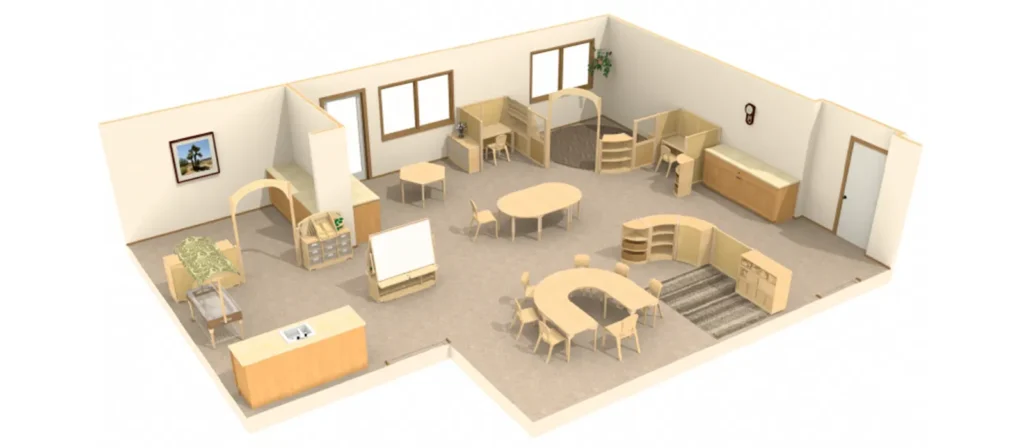
Trasforma la tua aula con soluzioni di arredamento personalizzate
3. Incorporate Natural Light and Neutral Colors
Lighting plays a major role in the emotional atmosphere of the classroom. Whenever possible, maximize the use of natural light by opening blinds, using glass partitions, or placing learning areas near windows. Choose a neutral, calming color palette—such as earth tones, whites, and soft grays—to avoid overstimulation and help students focus more deeply on their materials and peers.
4. Introduce Natural and Recycled Materials
Equip the classroom with a rich variety of natural and open-ended materials: wooden blocks, pebbles, twigs, seashells, fabric scraps, and clay. Recycled items like cardboard tubes, bottle caps, and boxes also invite imaginative play and construction. In a Reggio Emilia classroom, these materials are provocations for storytelling, experimentation, and expression.
5. Create Distinct Learning Areas
In a Reggio Emilia classroom, learning areas are more than organizational conveniences—they are pedagogical tools. Each area serves as an environment rich with potential, designed to invite curiosity, independent exploration, and social learning. Rather than segmenting the classroom into rigid stations, these zones should feel fluid yet purposeful, allowing children to navigate according to their interests and needs.
Art Atelier (Creative Studio)
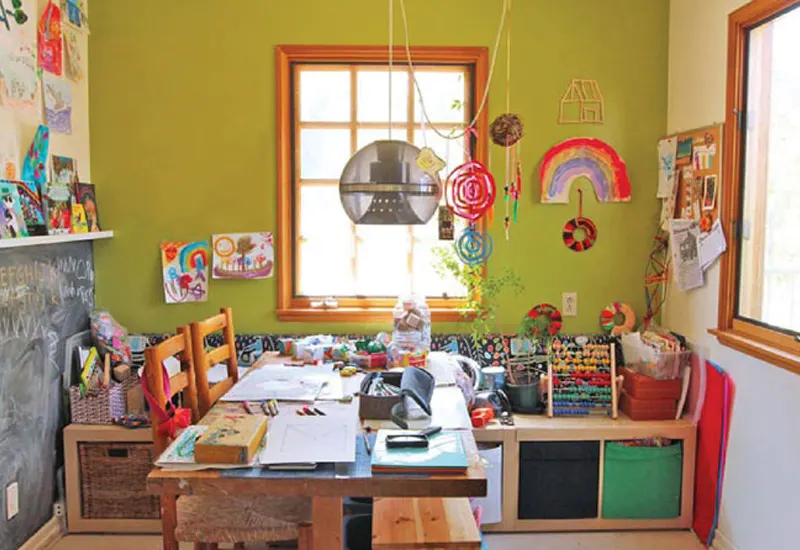
The atelier is a central element of the Reggio Emilia classroom and reflects the philosophy’s deep respect for artistic expression. It is not simply an art center; it is a laboratory for thinking, creating, and communicating. This area encourages children to explore their thoughts and emotions using different media and materials.
Equip your atelier with:
- Open-ended materials: paints, pencils, charcoal, clay, pastels
- Recycled or found objects: bottle caps, fabric scraps, buttons, cardboard
- Real tools (age-appropriate): scissors, brushes, glue guns, sponges
- Natural light and display space for in-progress and finished work
A Reggio-inspired atelier values the process of creation over final products, encouraging children to experiment, reflect, and refine their ideas.
Construction and Engineering Area
This area offers children opportunities to build, deconstruct, and experiment with form and balance. It supports early STEM concepts like geometry, spatial reasoning, measurement, and collaborative problem-solving. The freedom to build and rebuild fosters resilience and creativity.
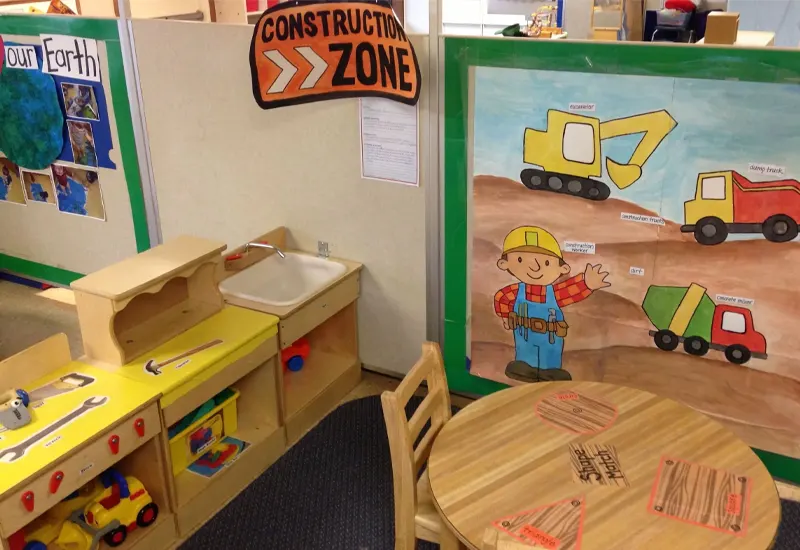
Key materials to include:
- Wooden blocks in various shapes and sizes
- Loose parts: corks, tubes, boxes, pebbles, and connectors
- Clipboards and sketchpads for planning or documenting builds
- Low shelves or baskets for material access and cleanup
Ensure this area has ample floor space, so children can spread out and construct freely, either individually or as a team.
Reading and Calming Corner
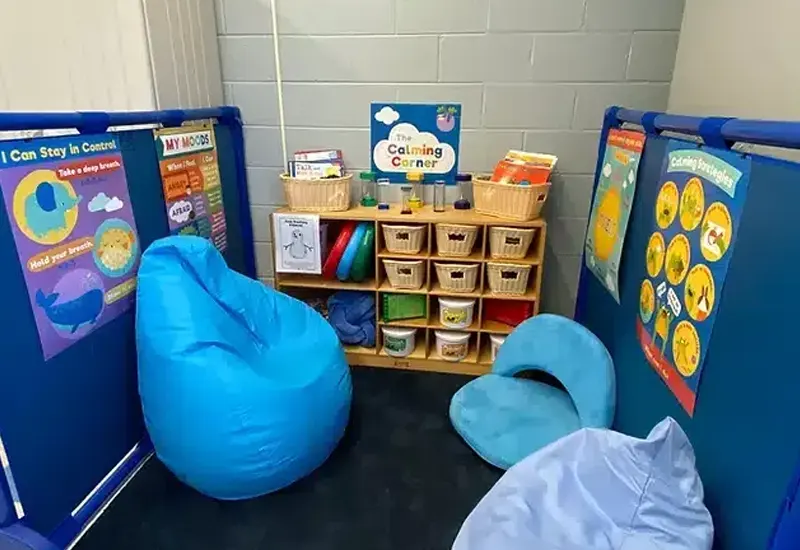
This cozy and calm zone is essential for both literacy development and emotional regulation. A reading nook invites children to slow down, engage with stories, and enjoy moments of quiet. It’s also a safe space for introverted children or those needing a sensory break.
Design this area with:
- Soft furnishings like beanbags, cushions, and rugs
- A low bookshelf with a rotating collection of books
- Natural light or soft lamps for a warm, welcoming atmosphere
- Optional elements: calming sounds, weighted pillows, or sensory bottles
The reading nook should be slightly tucked away but still visible to the teacher, allowing for peaceful solitude without isolation.
Dramatic Play Area
Dramatic play helps children make sense of the world around them. It supports language development, empathy, and narrative thinking. In a Reggio Emilia classroom, this area often evolves based on children’s interests—what begins as a kitchen could later transform into a doctor’s office or post office.
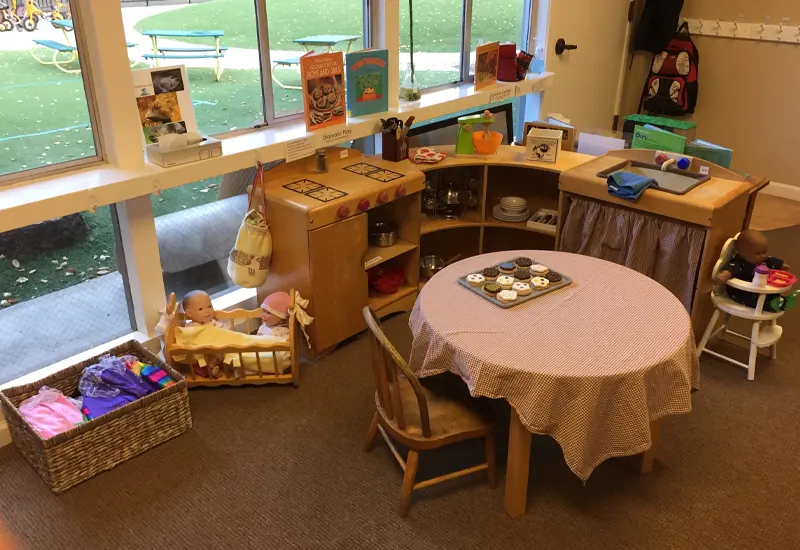
Offer a variety of real and pretend materials, such as:
- Costumes, fabrics, and hats for imaginative dress-up
- Real-life props: pots, notebooks, old phones, shopping bags
- Furniture scaled for children: play stove, table, bed, or counter
- Signs, menus, or forms related to the current theme
Children should be involved in defining the space and themes, making the experience more meaningful and authentic.
Nature and Discovery Area
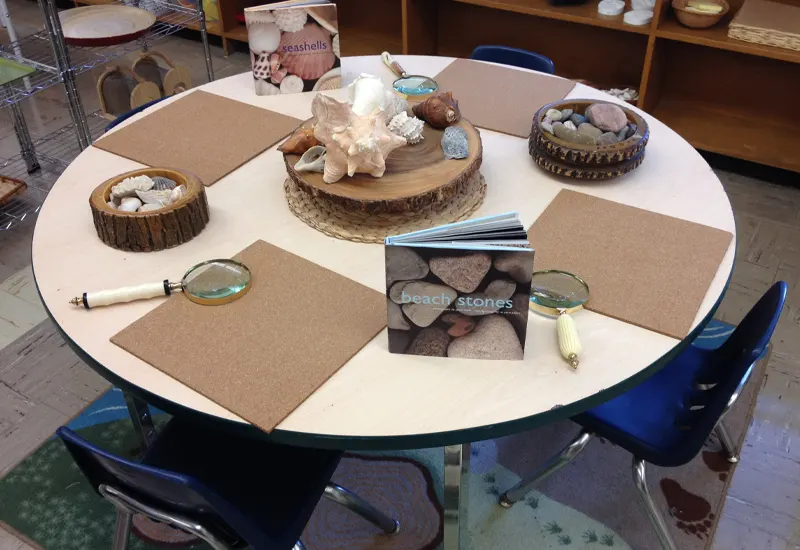
This zone brings the natural world into the classroom and nurtures scientific inquiry. Children observe, sort, ask questions, and hypothesize based on real-world materials. It supports sensory development and a sense of environmental awareness.
Include items such as:
- Natural objects: leaves, rocks, shells, pinecones, seeds
- Simple tools: magnifying glasses, tweezers, balances, containers
- Clipboards or journals for drawing and recording findings
- Seasonal provocations to spark new lines of inquiry
Keep this area fresh by rotating items based on seasons, classroom projects, or child-led questions.
Light and Shadow Exploration Area
This magical area helps children explore light, transparency, color, and reflection. It invites inquiry through visual experimentation and abstract thinking. Though optional, it adds a unique dimension to any Reggio Emilia classroom.
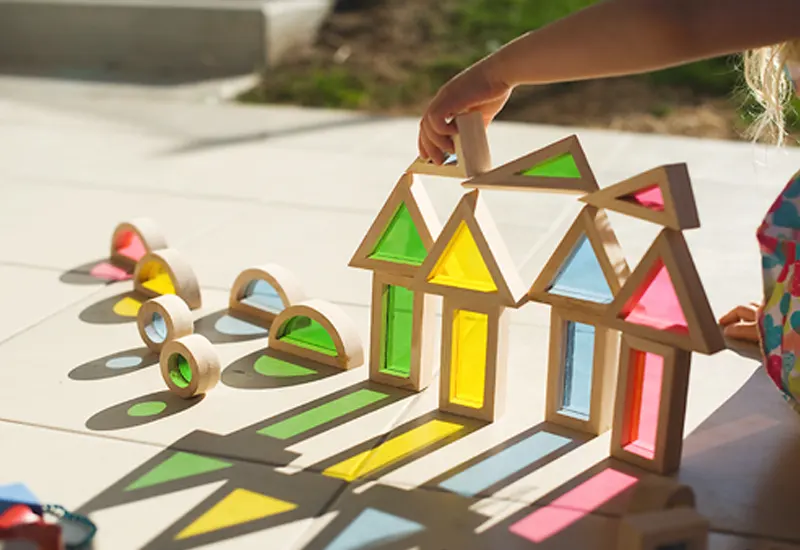
Materials might include:
- Light table or overhead projector
- Transparent or translucent materials: colored films, beads, cellophane
- Mirrors placed at different angles or heights
- Shadow puppets and small figurines
Use this space to spark scientific thinking while also supporting creativity, storytelling, and symbolic representation.
Group Collaboration Space
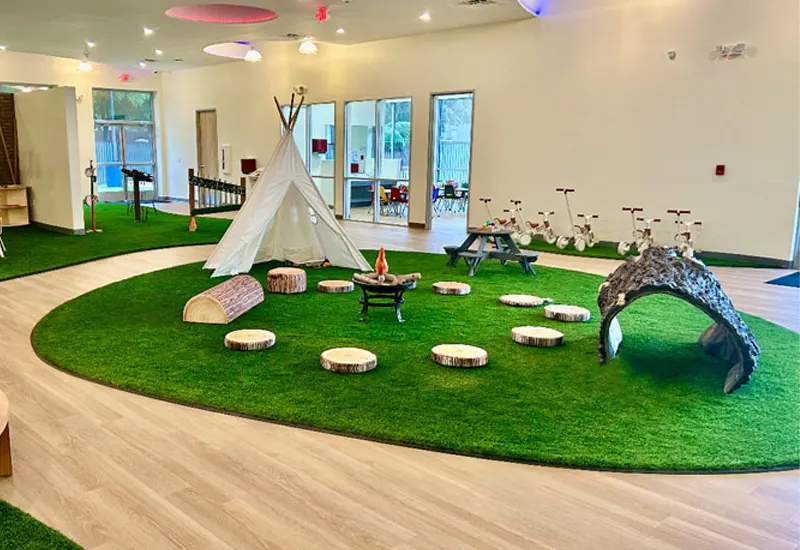
This central area supports community-building and cooperative learning. It is used for morning meetings, shared discussions, group projects, and problem-solving. Children gather here to exchange ideas, share progress, or work side-by-side.
Set it up with:
- A large rug or carpet to mark the space
- Round or rectangular table for group projects
- Writable surfaces or posters for shared planning
- Flexible seating that accommodates different group sizes
This zone is the heartbeat of class communication, where thoughts converge and ideas grow through dialogue.
6. Define Zones with Visual Boundaries, Not Walls
Instead of physical partitions, use visual cues to distinguish learning areas. These may include rugs, changes in lighting, plants, or documentation displays that help anchor each space. This allows zones to feel distinct while keeping the classroom connected and unified.
- Rugs, plants, or canopies to anchor zones
- Low dividers or open shelves to suggest boundaries
- Documentation (photos, children’s work, labels) to express the function of each space
7. Design a Welcoming and Home-Like Environment
A Reggio Emilia classroom should feel warm and inviting. Use soft furnishings, plants, mobili in legno naturale, curtains, and calming colors to make the environment feel more like a home than an institution. Add framed photos of students, personal touches, and cozy corners where children can relax, read, or observe.
Scopri la nostra gamma completa di prodotti
Accedi al nostro catalogo completo con mobili e attrezzature da gioco di alta qualità per asili e scuole.
8. Make Documentation Visible and Interactive
Display panels, corkboards, or wire lines throughout the room to showcase children’s work, photos, quotes, and observations. These serve as documentation of learning and reflection points for teachers and students alike. Update them regularly to reflect the evolution of projects and emerging interests. In a Reggio Emilia classroom, documentation is both informative and inspirational.
9. Ensure Everything is Child-Accessible
All materials, tools, and resources should be easily accessible to children. Use open shelving at child height, clearly labeled containers, and step stools if necessary. This design empowers children to make choices, fosters independence, and reinforces their sense of ownership over their learning space.
10. Integrate Outdoor Learning Opportunities
If possible, extend your Reggio Emilia classroom into an outdoor area. Set up a nature exploration zone, sensory garden, or mud kitchen. Use logs, stones, and water features to stimulate hands-on learning. Outdoor spaces should mirror the classroom’s principles—inviting curiosity, dialogue, and discovery.
11. Facilitate Collaborative Group Spaces
Design areas for small group interactions with round tables, large floor mats, or soft seating. These spaces encourage dialogue, joint problem-solving, and group projects. Collaboration is at the heart of the Reggio Emilia approach, and your classroom should support it naturally.
12. Add Mirrors to Expand Perspective
Mirrors are often used in Reggio Emilia classrooms to reflect children’s actions and expand their perspective. Position mirrors at various heights—on walls, tables, or floors—to create a sense of depth, self-awareness, and visual exploration. They also add light and enhance the aesthetics of the room.
13. Be Open to Evolving the Space
A Reggio Emilia classroom is never static. As children grow, their interests change—and so should the environment. Regularly revisit your layout, materials, and displays. Invite children to help rearrange or suggest new areas, reinforcing that the space belongs to them too.
Extending the Reggio Emilia Classroom Outdoors
A Reggio Emilia classroom doesn’t stop at the door. Outdoor environments are seen as a vital extension of the learning space, offering children additional opportunities to explore, observe, and interact with the world around them. Just like indoor spaces, outdoor areas should be intentional, flexible, and reflective of children’s interests and ideas.
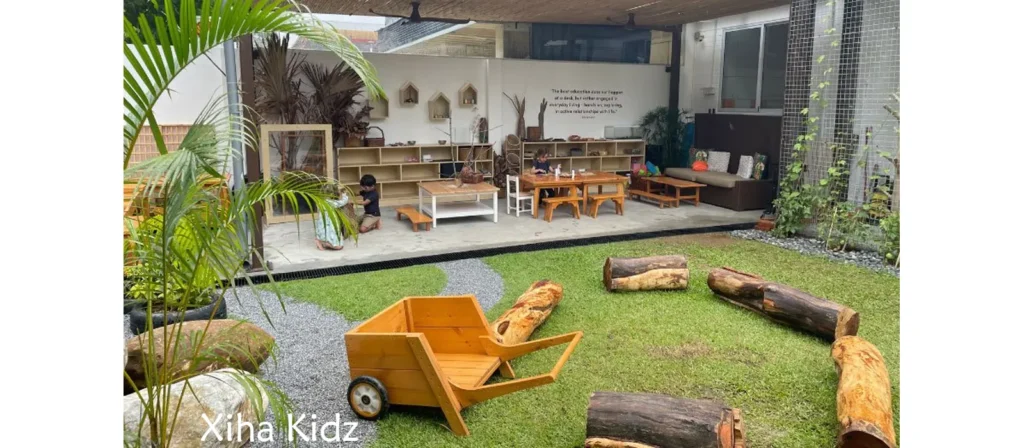
Why Take Learning Outside?
Children are naturally drawn to the outdoors. Dirt, water, wind, insects, and changing seasons offer endless invitations for sensory exploration and inquiry. Reggio educators recognize that outdoor spaces offer unique opportunities to:
- Stimulate all five senses
- Encourage physical freedom and gross motor development
- Spark spontaneous play and collaboration
- Observe natural patterns and cycles
- Promote emotional well-being and self-regulation
Outdoor learning aligns perfectly with the Reggio belief in the environment as the third teacher. The natural world offers complexity, unpredictability, and inspiration that man-made spaces often can’t replicate.
Key Features of an Outdoor Reggio Emilia Classroom
A thoughtfully designed outdoor Reggio Emilia classroom includes elements that promote the same values found indoors:
- Materiali naturali: Sticks, leaves, rocks, shells, and sand are available for construction, art, or storytelling.
- Open-Ended Zones: Spaces for digging, building, water play, and imaginative roleplay are clearly defined but not rigid.
- Living Elements: Gardens, trees, bird feeders, and compost areas foster caretaking and observation of life cycles.
- Documentation Outdoors: Clipboards, chalkboards, and outdoor panels allow teachers to record and display children’s discoveries in real time.
- Sheltered Spaces: Tents, pergolas, or tree canopies provide comfort and extend time outside during various weather conditions.
One hallmark of Reggio-inspired environments is the fluid transition between indoor and outdoor spaces. Children might carry their indoor project work outside to see how light affects it, or bring natural items back in for study under a magnifying glass. Doors are often left open (weather permitting), and learning flows freely across thresholds.
Designing Outdoor Learning Zones
Apply the same principles used indoors to create purposeful outdoor areas:
- Loose Parts Play Area: Include logs, stones, sticks, fabric, and recycled items that children can use creatively.
- Gardening Space: Let children dig, plant, and care for a garden to foster responsibility and connection to life cycles.
- Nature Observation Station: Set up a quiet space with magnifying glasses, clipboards, and seating for drawing or writing about nature.
- Outdoor Atelier: Provide washable paints, clay, chalk, and easels for artistic expression in natural light.
- Movement and Exploration Zone: Encourage climbing, balancing, and running with natural structures or open space.
What are the Must-haves in a Reggio Emilia Classroom?
The Reggio Emilia classroom is intentionally curated to reflect beauty, purpose, and openness to exploration. Unlike traditional classrooms, where furniture and supplies may serve rigid, prescriptive roles, here every object is selected to support children’s agency, creativity, and meaningful engagement. Furniture should invite movement and collaboration; materials should provoke curiosity and encourage expression through the “hundred languages” of children.
Child-Sized, Moveable Furniture
In a Reggio Emilia classroom, furniture must be accessible and adaptable. Everything should be scaled to a child’s height, empowering them to take initiative, make choices, and rearrange their environment as needed. Mobility is also crucial—teachers and children should be able to move tables, shelves, and chairs with ease to accommodate changing group dynamics or evolving projects.
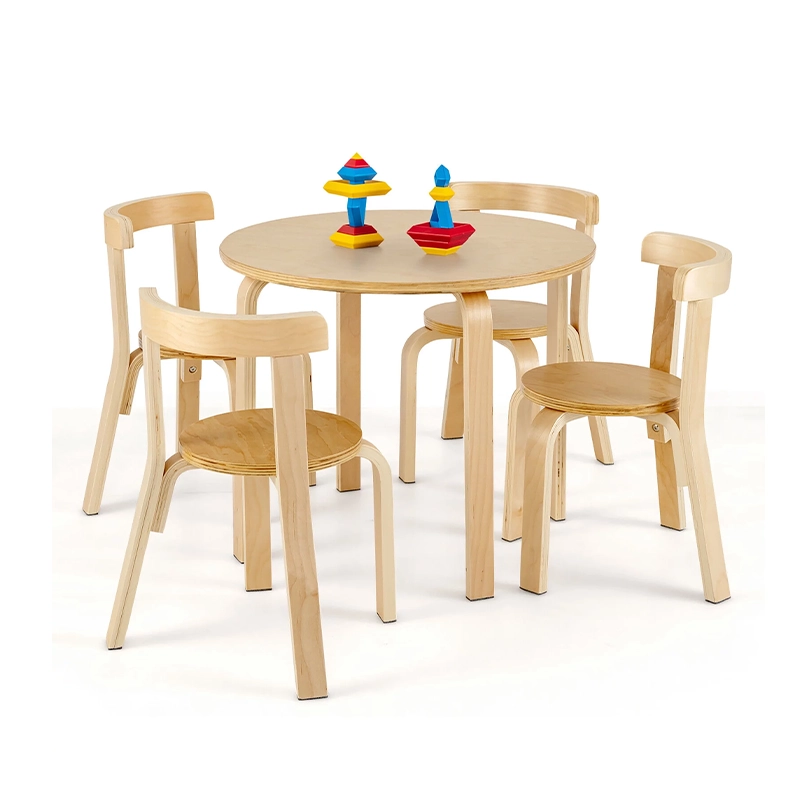
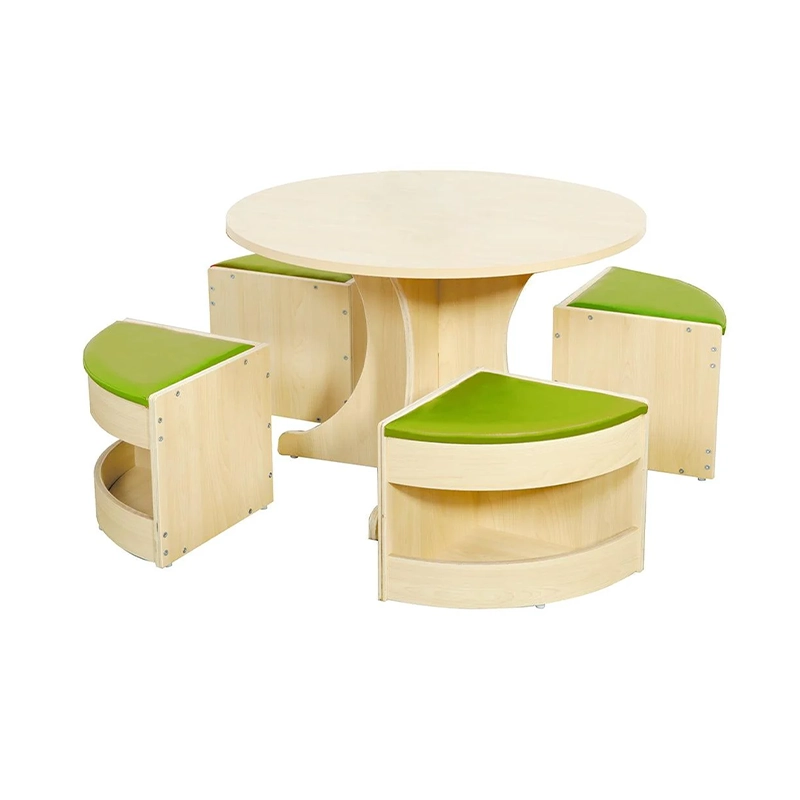
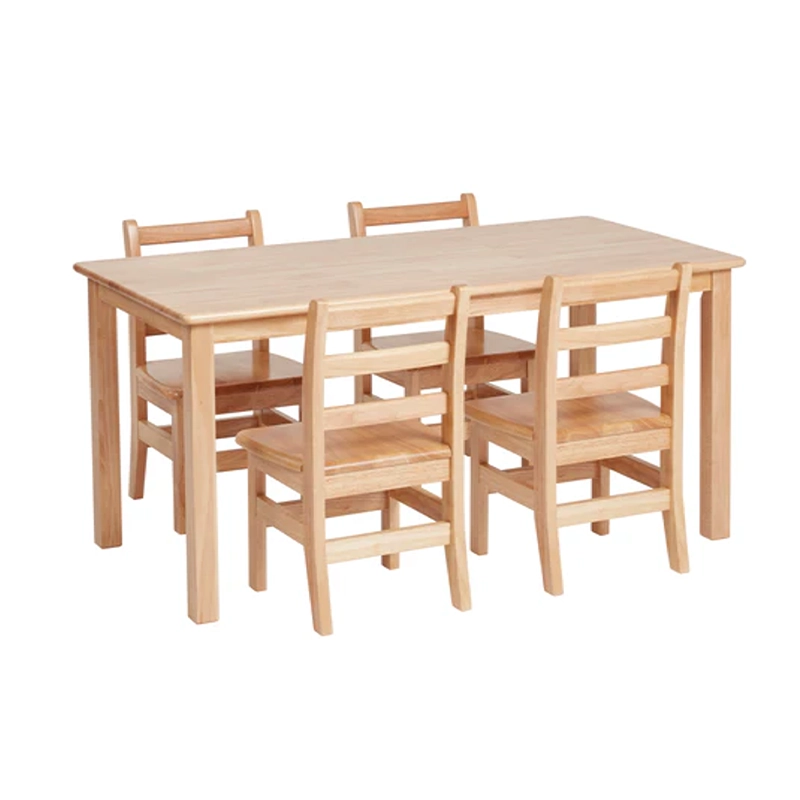
- Low wooden tables (round or rectangular) for flexible group work
- Lightweight child-sized chairs that are easy to carry
- Modular or stackable seating for dynamic room setups
- Floor cushions or poufs for informal learning spaces
Furniture should be made from natural materials like wood and fabric to reinforce the earthy, calm ambiance of the room.
Trasforma la tua aula con soluzioni di arredamento personalizzate
Open Storage and Display Units
Storage in a Reggio Emilia classroom serves a dual purpose: function and invitation. Materials must be clearly visible and within reach, encouraging children to self-select tools and resources. The way materials are stored also reflects their importance—neat, beautiful displays signal to children that their work and ideas are respected.
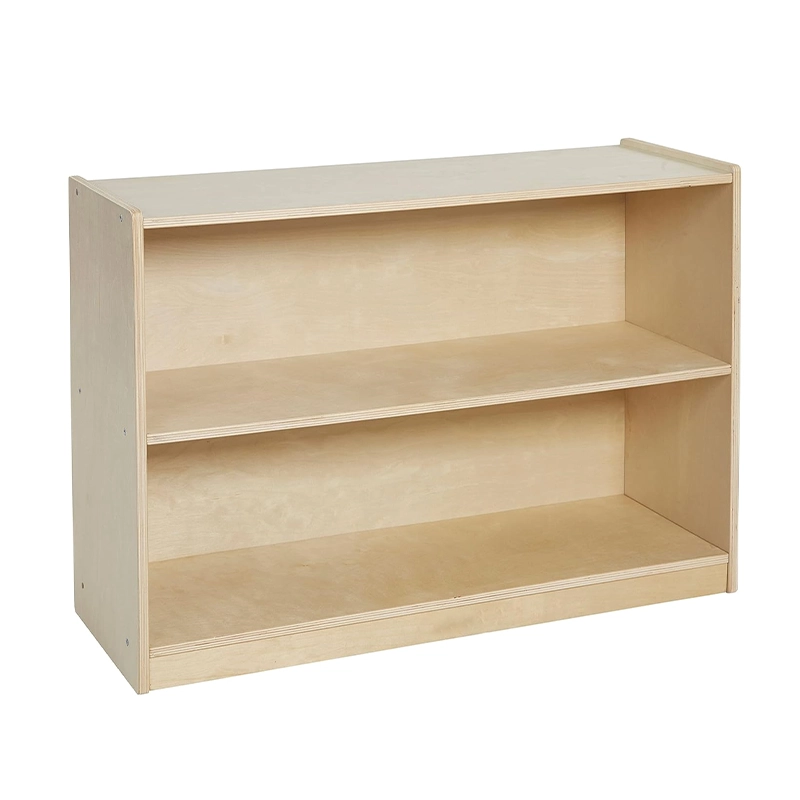
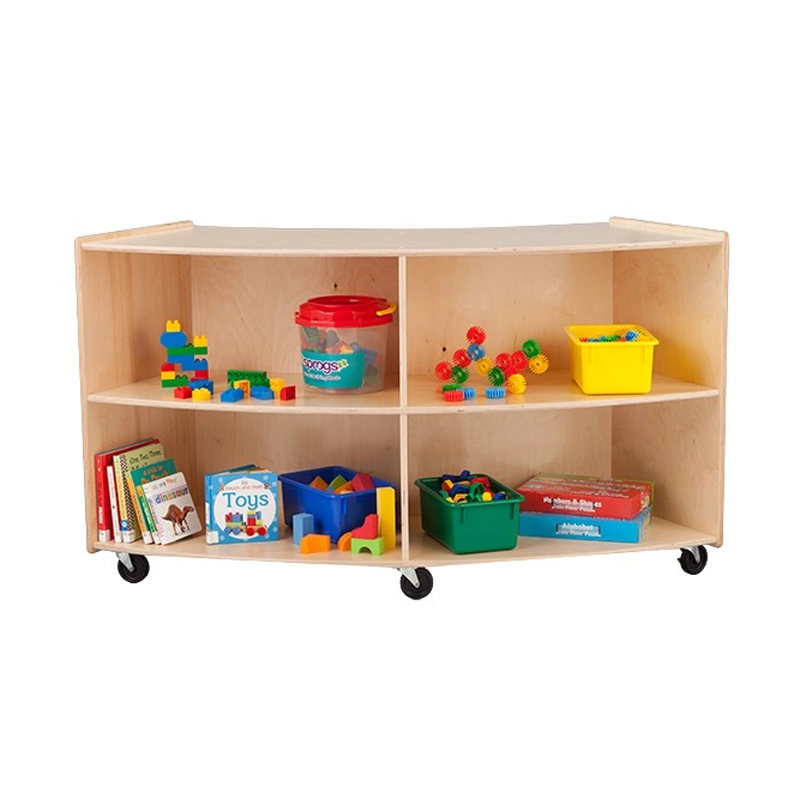
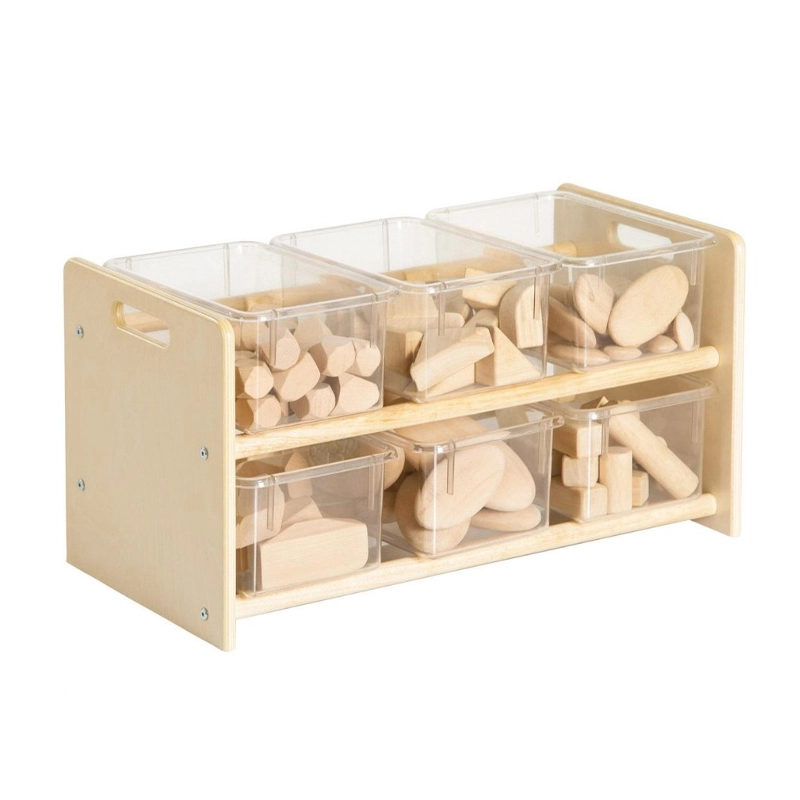
- Open shelving at child eye-level
- Transparent containers or baskets for sorting materials
- Labeled bins with photos or icons for early readers
- Display surfaces or frames for showcasing artwork and documentation
Avoid closed cabinets or cluttered storage. Visibility and order promote independence and responsibility.
Natural and Recycled Materials
Materials in a Reggio Emilia classroom are never just “supplies”—they are provocations. Natural textures and open-ended items are central to sensory exploration and creative construction. Recycled elements are also valued for their versatility and sustainability, encouraging children to rethink the purpose and potential of everyday objects.
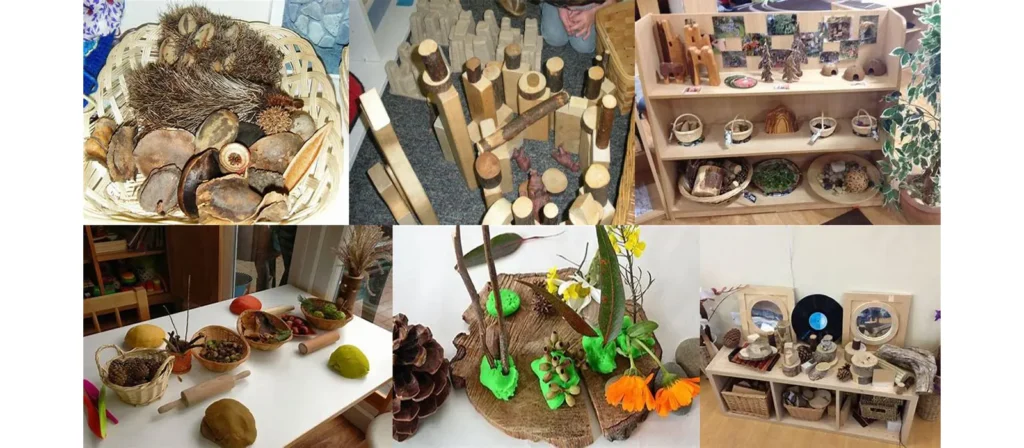
- Wood, clay, stone, shells, pinecones, sticks
- Fabric scraps, yarn, buttons, corks, bottle caps
- Cardboard boxes, tubes, and paper rolls
These materials should be replenished and rotated based on children’s interests and seasonal themes.
Recommended Reggio Emilia-Inspired Toys
In a Reggio Emilia classroom, toys are not just playthings—they are learning provocations. The focus is on simplicity, sensory richness, and open-ended potential. Toys should encourage storytelling, construction, and symbolic thinking, rather than entertainment or skill-drilling. Think of them as invitations to imagine, not instructions to follow.
Rather than overwhelming children with bright, plastic, or battery-operated items, Reggio Emilia educators provide toys made of wood, fabric, metal, or other natural materials. These giocattoli educativi inspire children to create their own rules, transform objects into stories, and explore their environment deeply and freely.
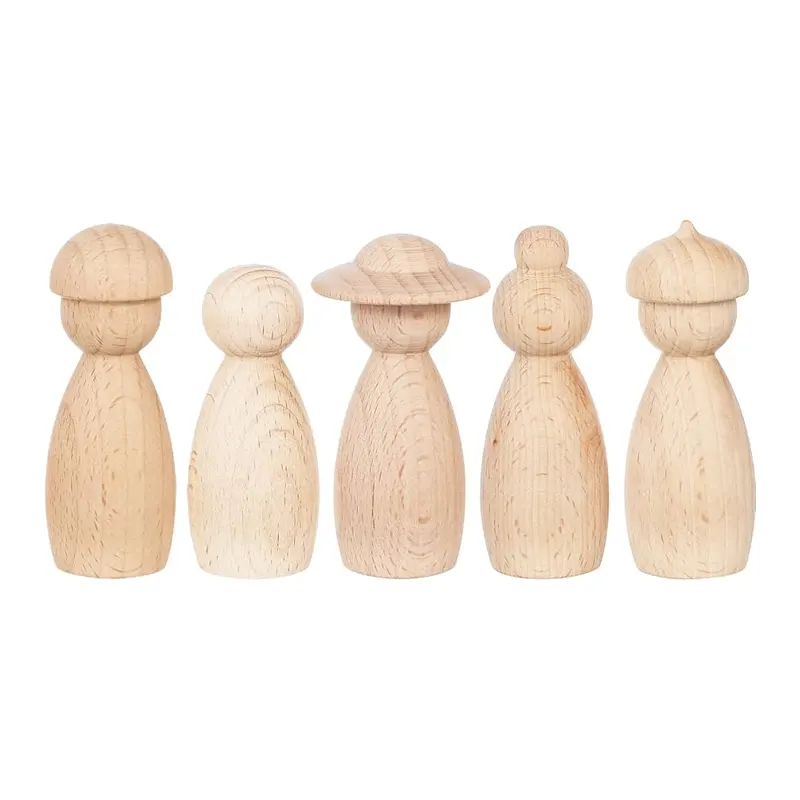
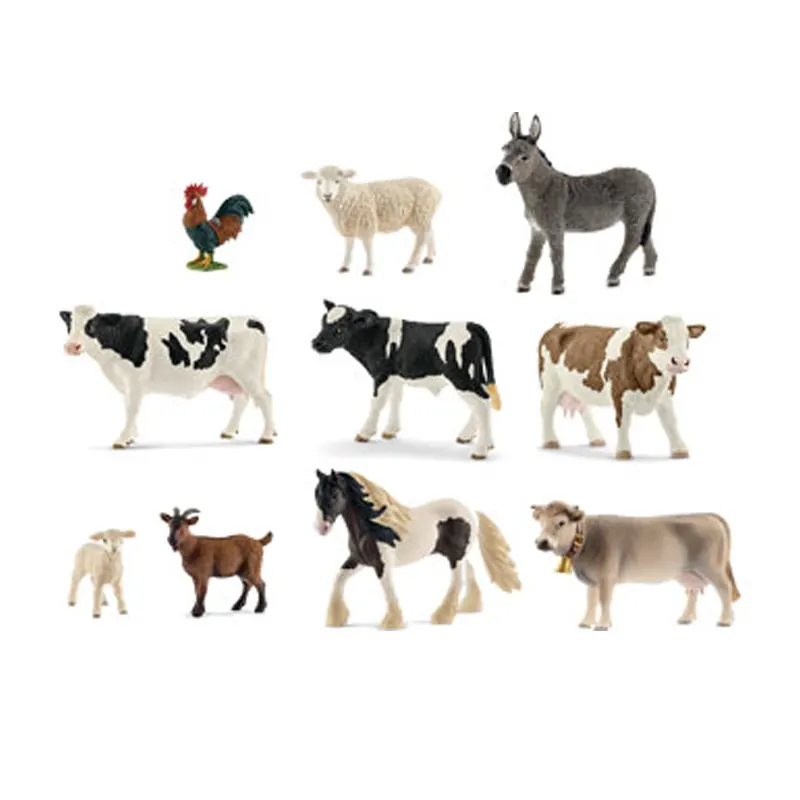
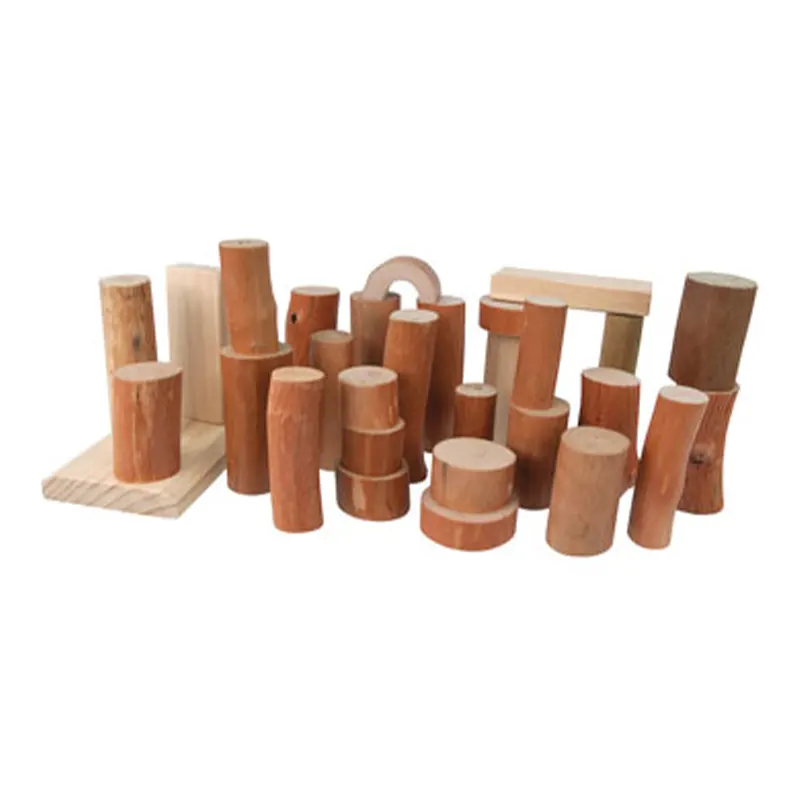
Here are some of the most effective toys for a Reggio Emilia classroom:
- Wooden blocks and unit blocks: Classic and versatile, these support building, measurement, and symbolic play. Children can use them to design, test, and collaborate.
- Loose parts sets: Collections of buttons, shells, wooden rings, bottle caps, and corks that allow for endless arranging, patterning, and creative thinking.
- Tree cookies and wooden discs: Cut from real wood, they provide tactile, natural stacking and sorting opportunities.
- Silk scarves and fabric pieces: Used for dress-up, storytelling, fort-building, or even puppet shows, these soft elements promote imaginative play.
- Peg dolls and blank figurines: These encourage narrative and identity play. Children can assign them roles, emotions, or stories without predefined characters.
- Stacking toys and balance boards: Promote physical coordination, problem-solving, and cause-and-effect understanding.
- Nature-based miniatures: Small animals, leaves, stones, and birds that children can integrate into scenes or explore through storytelling and sorting.
Common Outdoor Furniture for a Reggio Emilia Classroom
Outdoor furniture in a Reggio Emilia classroom should be more than weatherproof—it should be purposeful, versatile, and inviting. These pieces must support children’s freedom of movement, collaboration, and interaction with natural materials. The aim is not to replicate the indoor setting outside but to provide tools for discovery, dialogue, and transformation within a living environment.
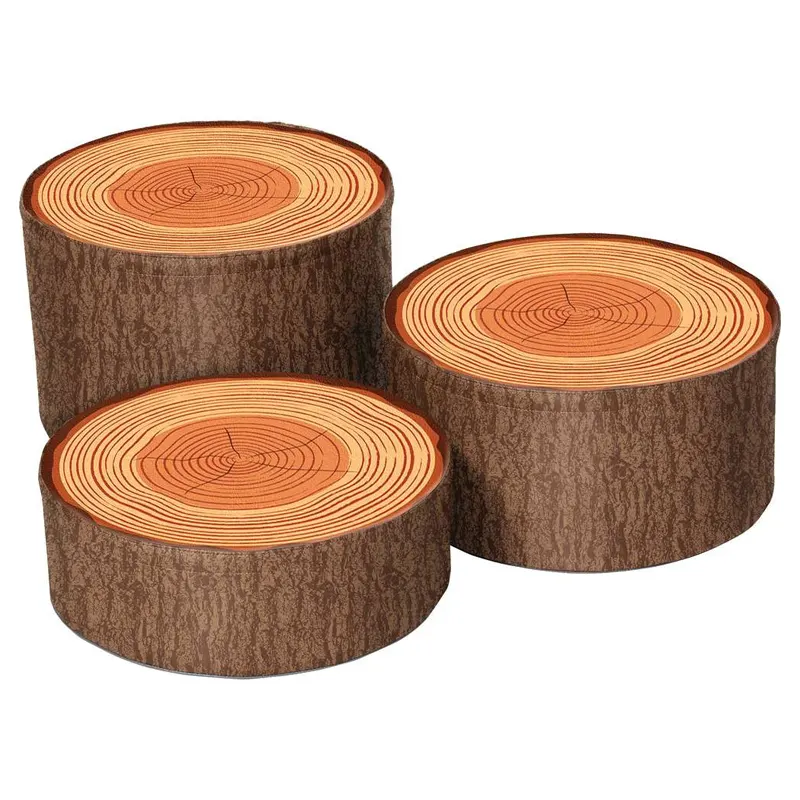
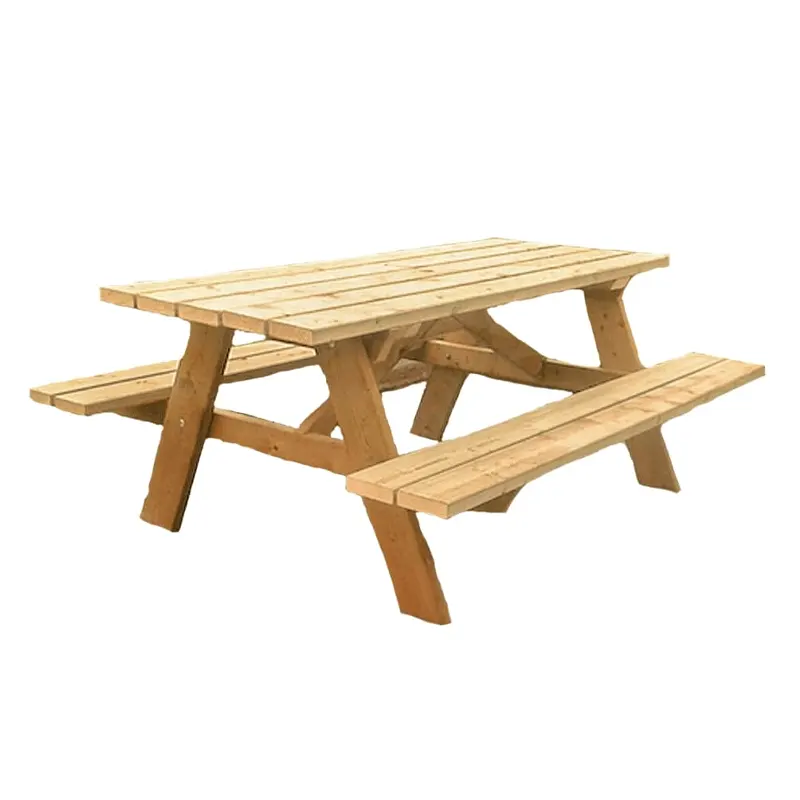

- Tree stump stools: Used as seats, tables, or stacking elements; they also double as loose parts for building.
- Wooden tables and benches: Serve as surfaces for art, clay work, nature sorting, or collaborative projects.
- Potting benches and garden beds: Invite children into hands-on planting, watering, and harvesting.
- Log balance beams and climbing elements: Encourage gross motor skills and imaginative physical play.
- Hammocks or fabric tents: Create soft, shaded areas for rest, reading, or quiet observation.
- Wooden crates or tool carts: Offer mobile storage for buckets, magnifying glasses, chalkboards, and gardening tools.
- Rock or gravel seating rings: Natural gathering spaces for group discussions, storytelling, or reflection.
Trasforma la tua aula con soluzioni di arredamento personalizzate
How is a Reggio Emilia Classroom Different from a Montessori Classroom?
While both the Reggio Emilia and Montessori approaches value child-centered learning, their philosophies, environments, and daily practices differ significantly. Understanding these differences helps educators and parents choose or integrate elements that align with their educational goals.
Below is a detailed comparison of the two classroom models:
| Aspetto | Reggio Emilia Classroom | Montessori Classroom |
|---|---|---|
| Filosofia | Learning is collaborative, emergent, and driven by children’s interests. | Learning follows a structured path based on a prepared curriculum and sensitive periods. |
| Teacher Role | Teacher is a co-learner and facilitator; responds to children’s inquiries. | Teacher is a guide or director who introduces materials and observes progress. |
| Environment | The environment is open, flexible, and ever-evolving; seen as the “third teacher.” | The environment is orderly, quiet, and structured with fixed learning areas. |
| Programma scolastico | Emergent and project-based, driven by children’s questions and group investigations. | Pre-set, sequential curriculum across areas like math, language, and practical life. |
| Materiali | Open-ended, natural, and often recycled or found objects to provoke creativity. | Specialized, purpose-built materials are designed for specific concepts and skills. |
| Documentation | Learning is made visible through photos, quotes, and project panels. | Less emphasis on documentation for display; progress is tracked more privately. |
| Social Learning | Emphasizes dialogue, group work, and collaborative problem-solving. | Focus is on individualized work and independent mastery of concepts. |
| Creativity and Expression | Children use “100 languages” (art, movement, play) to express themselves. | Art and creativity are present but often structured and secondary to core academics. |
| Flessibilità | Spaces and plans shift according to children’s evolving interests and needs. | Classrooms and routines follow a consistent structure, with limited change. |
| Family Involvement | Families are seen as partners in the learning journey, highly collaborative. | Parental involvement varies; less emphasis on the co-construction of the curriculum. |
This side-by-side view reveals how the Reggio Emilia classroom prioritizes flexibility, expression, and shared learning experiences, while the Montessori classroom emphasizes independence, order, and individualized progression. Each has its strengths, but their environments reflect fundamentally different views on how children learn best.
Frequently Asked Questions About Reggio-Inspired Classroom
- What is a Reggio-style classroom?
A Reggio Emilia classroom is a thoughtfully designed learning space that reflects the child-centered principles of the Reggio Emilia approach. It emphasizes natural materials, flexible layouts, and a calm, beautiful environment that supports exploration, collaboration, and self-expression. - Why is documentation important in Reggio Emilia classrooms?
Documentation captures children’s thinking, questions, and progress. It serves as a tool for reflection, assessment, and communication between teachers, children, and families, often displayed throughout the classroom environment. - What role does the teacher play in a Reggio Emilia classroom?
Teachers in a Reggio Emilia classroom act as researchers and co-learners. They observe, document, and scaffold learning based on the child’s interests, rather than following a fixed curriculum. - Can the Reggio Emilia approach be used in public schools or large classrooms?
Yes, while adaptations may be necessary, the core principles of the Reggio Emilia classroom—respect, exploration, and intentional design—can be integrated into various educational settings, including public schools and larger classrooms. - What are the benefits of a Reggio Emilia classroom for children?
Children in Reggio Emilia classrooms tend to develop strong problem-solving skills, creativity, emotional intelligence, and a deep sense of autonomy. They feel respected, valued, and motivated to explore their world through meaningful play and inquiry. - Can a Reggio Emilia classroom include technology?
Yes, but technology is used as a tool for documentation, communication, and creative expression—never as a passive entertainment device. Cameras, projectors, and digital portfolios are often part of a Reggio Emilia environment. - Is a Reggio Emilia classroom suitable for toddlers and infants?
Absolutely. Reggio Emilia classrooms can be tailored for all early childhood stages. For younger children, environments are simplified, with soft materials, sensory stations, and spaces that promote secure exploration.
Conclusione
Designing a Reggio Emilia classroom is far more than a visual project—it’s a deeply intentional act of creating a space where children feel seen, inspired, and empowered. Every detail, from the color of the walls to the texture of the materials, plays a part in fostering independence, collaboration, and authentic learning.
At the heart of this approach is the belief that the environment is a teacher in its own right, shaping the way children think, feel, and explore the world. A Reggio Emilia classroom is not static. It evolves, breathes, and responds to the needs and interests of its learners.
If you’re ready to bring this vision to life, Xiha Kidz, as an industry-leading furniture supplier and manufacturer, can help you transform your learning environment. With a commitment to child-centered design and high-quality, customizable solutions, Xiha Kidz supports thoughtfully updating or completely redesigning your classroom in alignment with Reggio Emilia principles.
Whether you’re building from scratch or refreshing an existing space, partnering with the right resources makes all the difference. And with the right guidance, any classroom can become a living, learning space that speaks to the potential of every child.


